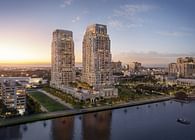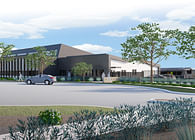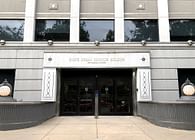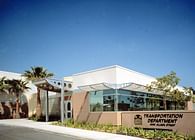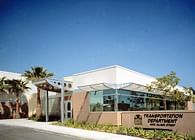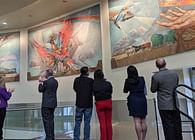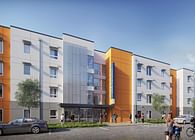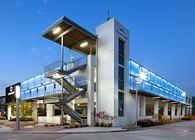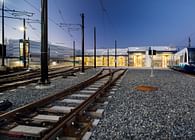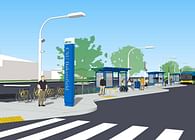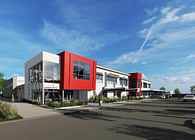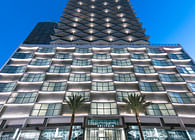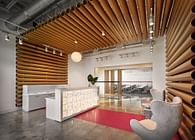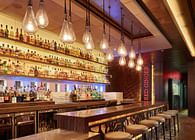
Stantec, a global integrated design firm with offices in Denver, is helping the Colorado State Architect and the Department of Agriculture create a comprehensive master plan for the Colorado State Fair (CSF) to improve the visitor experience, better integrate the fairgrounds into the community, increase sustainability, and position the Pueblo-based event for profitability.
Stantec presented the master plan recommendations to the Colorado State Fair Board on July 28, 2021. A big step forward in a years-long plan to improve attendance and revenue generation, the master plan is designed to guide decision-making by state and local officials and suggest how funds should be spent over the next two decades.
The recommendations include enhancements to physical aspects of the fairgrounds, including the first new agricultural building since the 1960s, as well as new infrastructure and programming aimed at better activating the fairgrounds during the fair and throughout the year.
The estimated cost of the changes outlined in the plan amounts to $180 million over the next 20 years. In addition to the recommendations in the plan, Stantec provided strategies aimed at connecting the fair with available local, state, and federal funding to support improvements.
With both efficiency and funding opportunities in mind, sustainability was a major focus of the master plan, including energy-efficiency upgrades, implementing solar photovoltaics at scale, and the addition of trees and other green infrastructure. The lack of tree canopy (less than10% coverage) on the fairgrounds currently contributes to a substantial heat island effect, making it hotter than the surrounding area by up to 15 degrees—a significant deterrent to gathering in the summer heat.
Recommendations for greening the State Fair also include creating a more dynamic public realm, taking cues from the fair’s history. The main street that runs through the fairgrounds was once lined by grand elm trees and featured one of the earliest uses of electric lighting in the state. The plan seeks to reclaim the thoroughfare as a vibrant year-round community gathering place, bringing in new trees and adding public plazas, elevated dining options, and new functionality for programming elements like live music.
“Creating a sense of place is key to successful events and spaces, and the historic main street that runs through the fairgrounds is a built-in backbone for placemaking,” said Nancy Locke, Stantec principal and Urban Places studio leader. “By reactivating this infrastructure, we can create the kind of atmosphere that attracts a broader range of people to spend more time at the fairgrounds.”
Entertainment uses have become more of a focus for fair planners over the years, but as Colorado’s agricultural industry continues to grow and remain an economic force for the state, the plan suggests leaning into the fair’s agricultural roots and investing in the agricultural facilities on the fairgrounds. This includes removing some of the smaller, less efficient buildings and investing in a new livestock facility that would provide the fair with more modern technology and greater flexibility.
“The master plan is a glimpse into the future of the Colorado State Fair, which features improved public spaces, new livestock facilities, and a more engaging and environmentally friendly design that will benefit the Fair and the Pueblo community as a whole,” said Colorado State Fair General Manager Scott Stoller.
The master plan was developed with input from the Pueblo community. Through a series of board meetings, meetings with CSF staff and brainstorming sessions, the Stantec team sought input that guided the recommendations. Now that the plan has been approved by the Colorado State Fair Board Authority, the State Fair will begin fundraising and preliminary design work on the first phase of improvements.
Status: Unbuilt
Location: Denver, CO, US
